Data Innovation Summit turns five next March. Along the way, we have had fantastic speakers unselfishly sharing their knowledge on stage with their peers. Without them, this journey would be impossible.
This interview is part of an interview series dedicated to humanising Data and AI innovation and celebrating speakers who have presented on Data Innovation Summit. The emphasis lies on the Data/AI people/practitioners, their professional journey and their stories.
The explosion of available data and also the possibility to capture data compared to just a few years back has opened up endless possibilities. However, we need to keep the expectations and also the ambition at the right level, to understand where it makes sense to use AI and what to expect it will give in return. Especially as Deep Learning is very data-intensive and we also need to make sure that the data we are using reflects the real world, or at least we need to be aware that it is not.
These are some of the points from the in-depth observations that Mats Stellwall, former Data Scientist at Oracle and a Data Innovation Summit 2019 speaker, shared on the developments with AI, machine learning and deep learning.
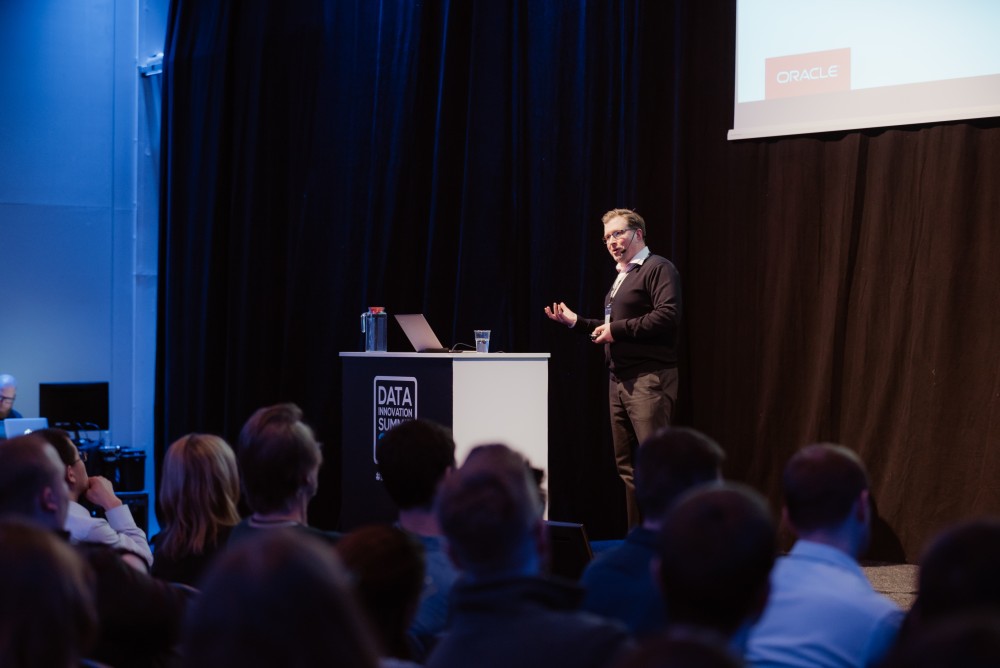

Hyperight: Hi Mats, it’s great to have you with us today and have the chance to talk to you. To refresh our memories and introduce yourself to our readers, please tell us a bit about yourself.
Mats Stellwall: I have been in the IT industry since the mid-90s, starting off as a developer and then since the end of 90s focusing on analytics, starting with Data Warehouses and Business Intelligence and then slowly going into Machine Learning/Data Science or as when I started Data Mining and Predictive Analytics.
Today I work for Oracle as an evangelist and advisor around Data Science.
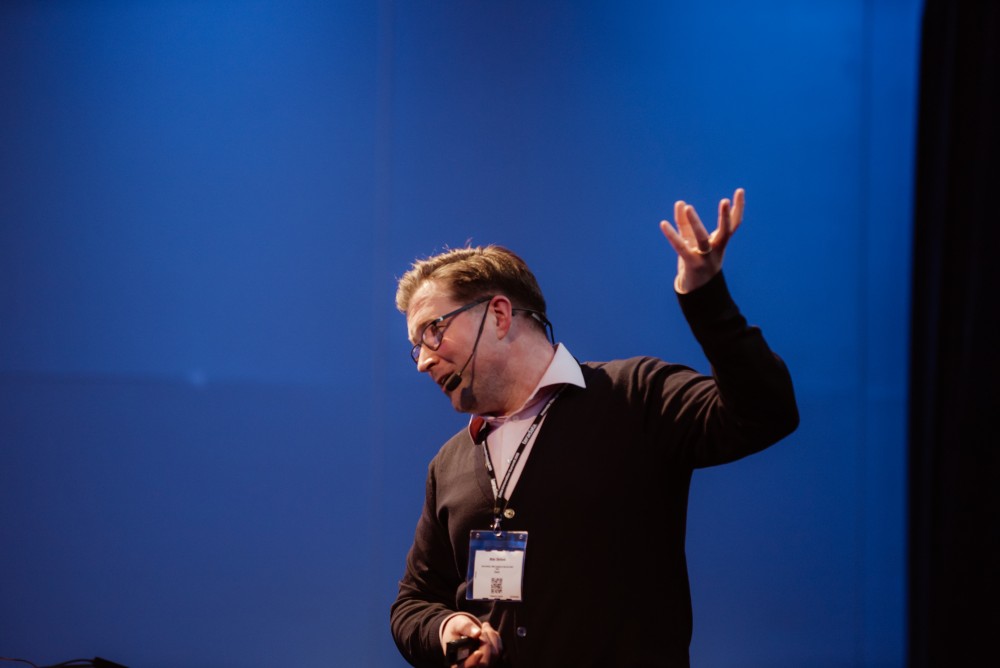

Hyperight: As 2020 is the year in which the Data Innovation Summit turns 5, could you point out what have been the most important breakthroughs with AI and machine learning in the last 5 years according to you?
Mats Stellwall: Maybe not so much of breakthroughs as trends, there is a lot of breakthroughs happening all the time and at a higher pace than ever which makes it hard to pinpoint any specific. I do see the following trends as big drivers today.
Cloud computing, if anything has helped and pushed new breakthroughs it is the almost unlimited availability of cloud-based computing power. You no longer need to do big upfront investments, that only universities and big companies would afford, in order to get started in this area. We can experiment, test and maybe more important fail without losing a lot of money.
The explosion of available data and also the possibility to capture data compared to just a few years back has opened up endless possibilities, also the trend to make more of it publicly available under open source licensing is of benefit for everyone. This is equally true for making Deep Learning models/architectures available under open source, this openness is key to many of the breakthroughs.
More importantly, AI and Machine Learning have become something that is discussed at a management level in many organisations now, it is seen as key in order to be competitive and relevant in a constantly changing market.
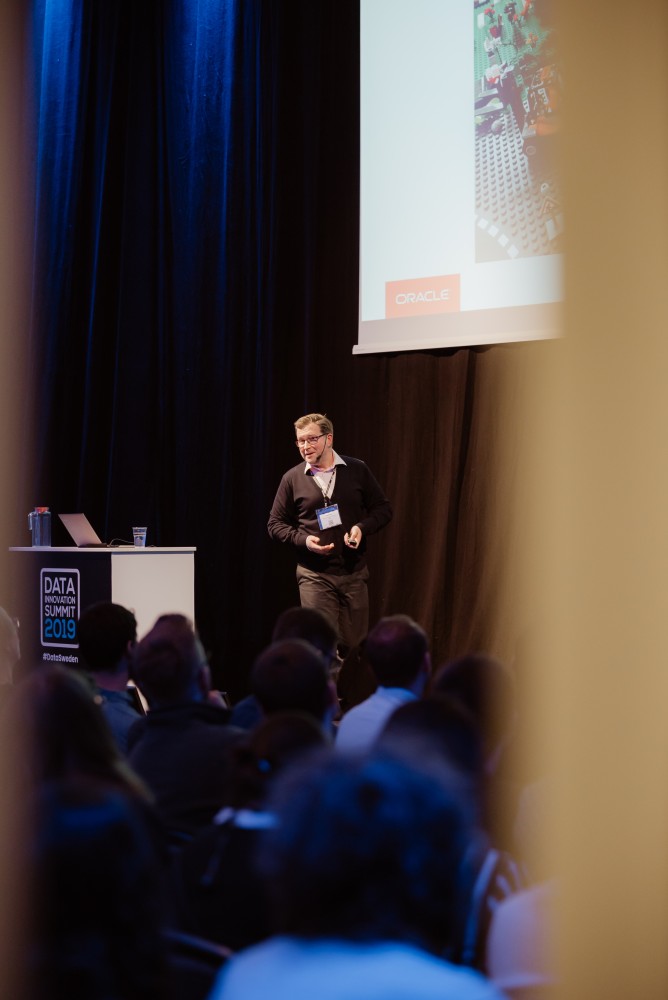

AI and Machine Learning have become something that is discussed at a management level in many organisations now, it is seen as key in order to be competitive and relevant in a constantly changing market.
Hyperight: In your presentation, you discussed the topic How Deep Learning can make machine data actionable. What are the use cases where deep learning can be applied to advance human life?
Mats Stellwall: There are almost endless use cases for Deep Learning, a recent example is Google’s AI breast cancer screening tool that could help doctors to detect and diagnose breast cancer earlier based on X-ray images.
When it comes to possible use cases it is all about understanding where it makes sense to add Deep Learning, what would the benefit be? In the breast cancer example, they are addressing the challenge doctors have in early identifying possible indications of breast cancer, where the computer has the possibility to identify things that might be hard for a human to see.
The safety area is also somewhere where Deep Learning can help, I am not talking about identifying bad guys but for example, identify persons/animals/objects that are in areas where they should not be like construction sites or railway tracks.
We have just starting to see interesting and useful solutions based on deep learning and I think that during the coming years we will see a lot of advances in this area.
A big challenge is to keep the expectations and also the ambition at the right level, to understand where it makes sense to use it and what to expect it will give in return.


Hyperight: Despite all the hype and buzz around deep learning and AI, it’s also true that the adoption of these technologies presents a big challenge. What are some challenges with adopting deep learning?
Mats Stellwall: Many organisations today still have a rather naïve view on Deep Learning and AI, we are still much in a hype mode where there is a tendency to believe that it can solve everything or that is some kind of magic that will create endless opportunities. So a big challenge is to keep the expectations and also the ambition at the right level, to understand where it makes sense to use it and what to expect it will give in return. I think that initiatives like Elements of AI are helping to make people and organizations more aware of what is the possibilities with AI and what it is (and what it is not).
Another big challenge is the availability of data or rather correct data, Deep Learning is very data-intensive and we also need to make sure that the data we are using reflects the real world, or at least we need to be aware that it is not. By using data sets that is biased we can end up creating solutions that behave wrong, like Amazon’s Machine Learning driven recruitment tool that was heavily biased against women due to that the training data was primarily based on male applications, or Googles image labelling solution that labelled coloured people as gorillas.
There is also a big challenge to go from something that is developed by a few on laptops or cloud instances to an enterprise solution that is going to scale, be secure, monitored and integrate with existing solutions.
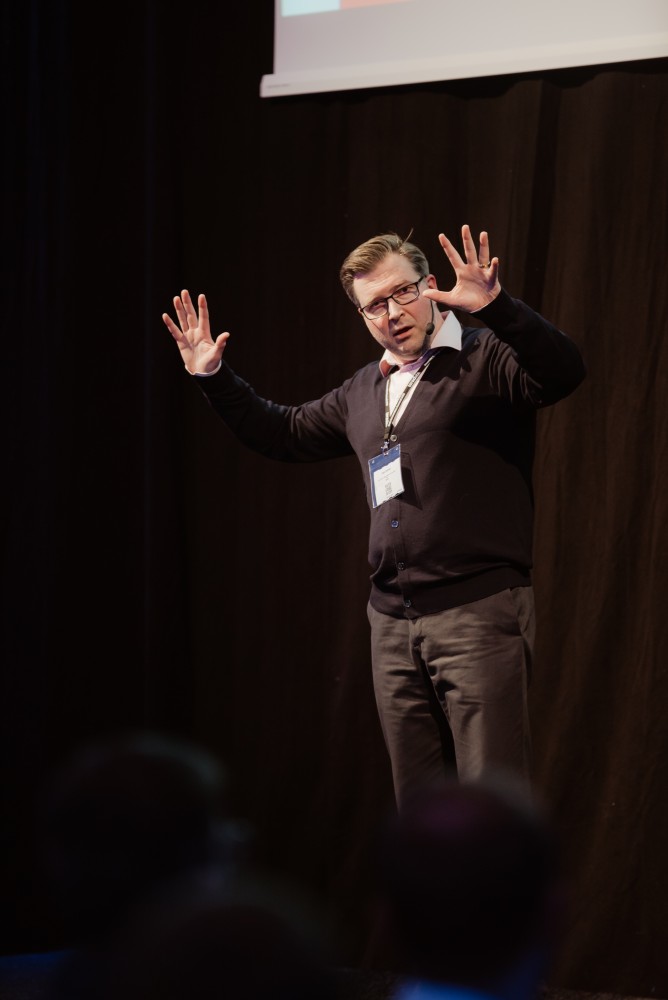

Deep Learning is very data-intensive and we also need to make sure that the data we are using reflects the real world, or at least we need to be aware that it is not.
Hyperight: Considering the state of data science and machine learning today, what can we expect in the next 1-2 years?
Mats Stellwall: I except we will see more graphical UI’s for Data Science, to be forced to code everything is not very productive and it also limits the adoption, where many steps are automated or guided. Now, I do not believe that it will remove the needs for Data Scientists in the same way as the introduction of graphical tools for statistics and data mining did not remove the need for statisticians and data mining experts. You still need to understand machine learning, statistics and how to intercept and validate the outcomes in order to create good AI/ML solutions, to believe or even worse think automated machine learning will remove that need is very naïve.
Hopefully, the discussion around ethics, bias and transparency will continue and these things will be a natural part of all projects and solutions. The possibilities with AI/ML are next to endless but we cannot create black boxes without any transparency, the more decisions we allow our AI/ML to make, the more open we need to be about it. There should always be someone accountable for a system based on AI/ML. What will be crucial for this is model explainability, a way to explain the model and also the specific decisions it takes and I expect we will see a lot of development in this area.
From a technology standpoint, there will be more advances in specialised hardware for this type of workloads making the training of models faster. I also hope we will see more of quantum computing and especially around AI.

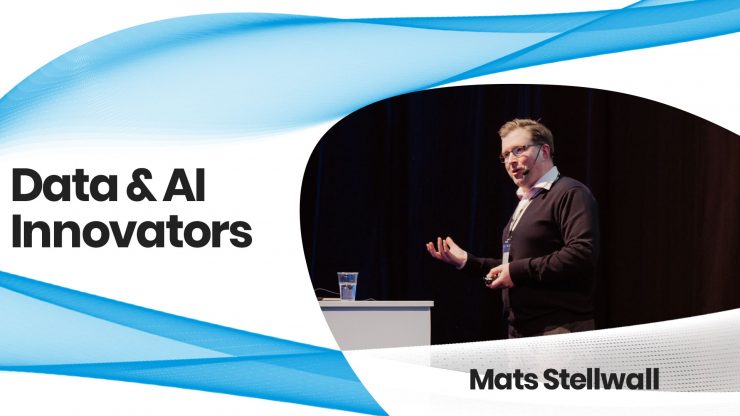
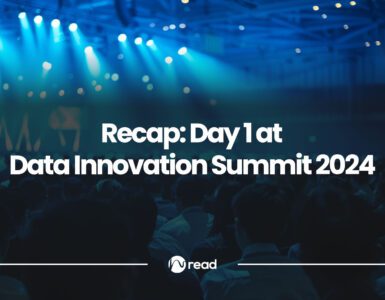











Add comment